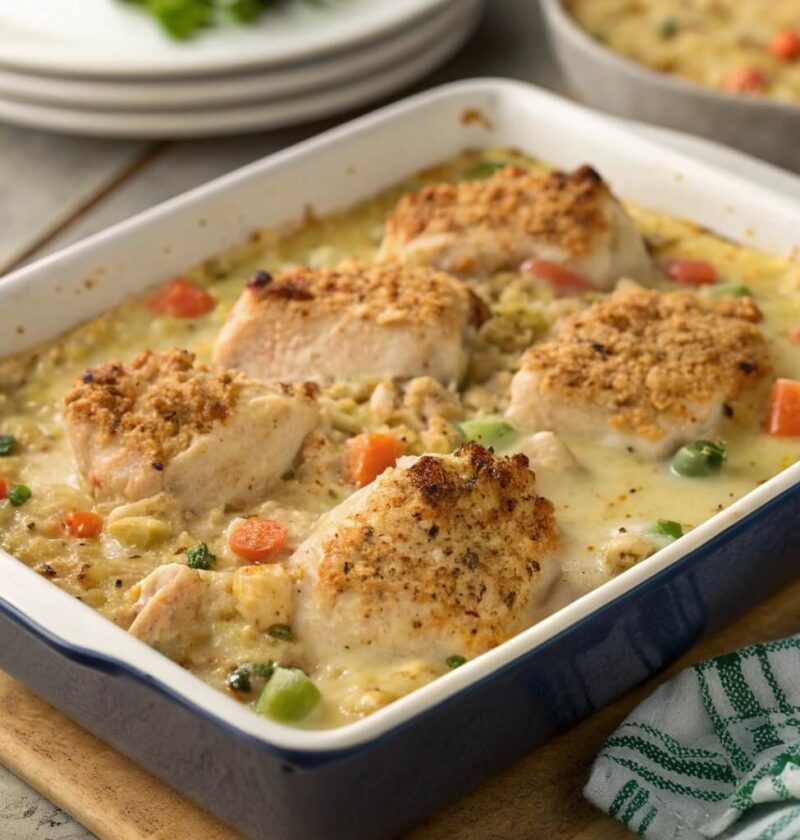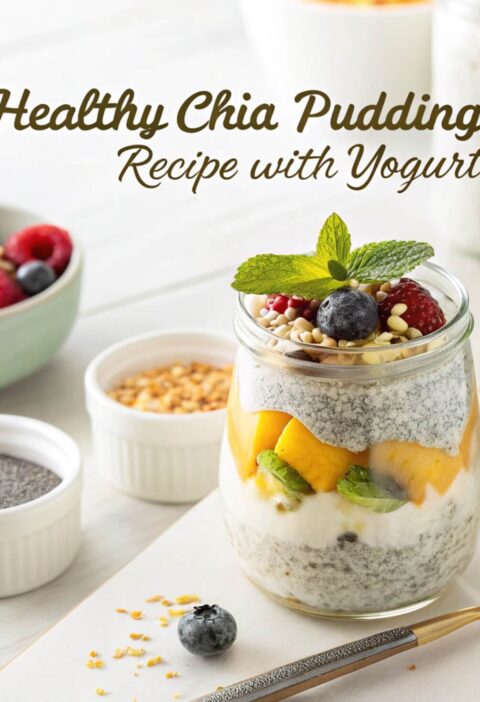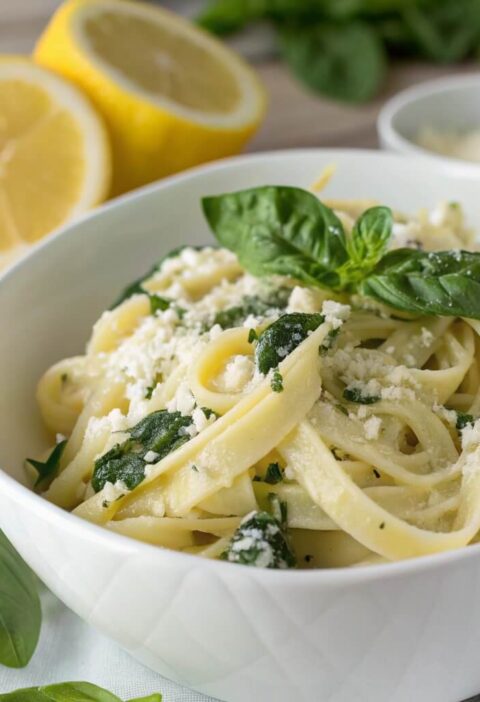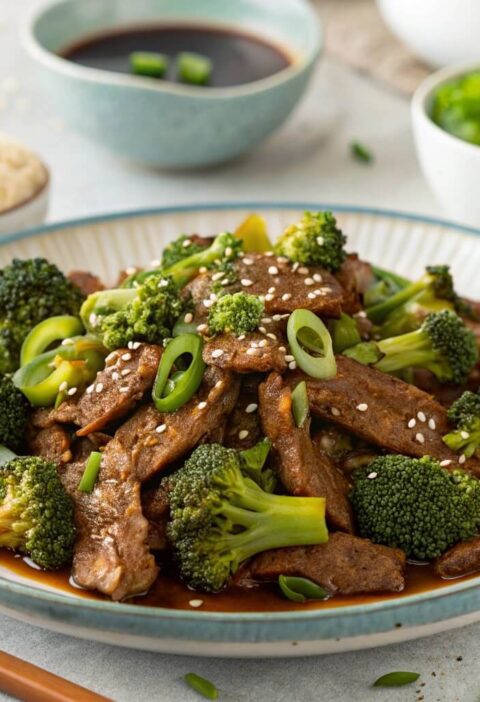Easy Chicken Casserole with Cream of Chicken Soup: A Simple Comfort Food Classic
Easy Chicken Casserole with Cream of Chicken Soup
Chicken casserole with cream of chicken soup is a simple dinner option you can put together quickly on busy weeknights. This comfort food classic combines tender chicken, vegetables, and a creamy sauce in one dish that goes straight from oven to table. The beauty of this meal lies in its simplicity – cream of chicken soup provides ready-made flavor and creamy texture without any fuss.
Many families rely on this recipe during hectic weeks. Sarah, a mother of three from Ohio, makes this casserole every Monday after weekend sports activities. “It’s our recovery meal,” she says. “I can assemble it in minutes, and everyone gets a hot, filling dinner even when we’re tired.” Similarly, college students and young professionals favor this dish because it creates multiple servings with minimal cooking skills required.
Short Answer: What ingredients go into an easy chicken casserole?
The basic ingredients for an easy chicken casserole with cream of chicken soup include:
- Cooked chicken (rotisserie, leftover, or freshly cooked)
- Cream of chicken soup (1-2 cans)
- Rice or pasta
- Mixed vegetables
- Cheese
- Seasonings (salt, pepper, garlic powder)
- Optional toppings like breadcrumbs or fried onions
Essential Ingredients for the Perfect Chicken Casserole
The Protein Base
The foundation of any good chicken casserole is, naturally, the chicken. You have several options here, each affecting the final flavor and preparation time of your dish. Rotisserie chicken offers convenience and rich flavor – simply pull the meat from the bones and dice it. This saves about 30 minutes of cooking time compared to starting with raw chicken breasts.
If using uncooked chicken, boneless skinless chicken breasts or thighs work equally well. Chicken thighs contain more fat, making them more forgiving if slightly overcooked, while breasts provide leaner meat. Cut raw chicken into bite-sized pieces before cooking to ensure even cooking throughout the casserole.
For the busiest nights, even canned chicken can work in a pinch. While not as flavorful as fresh options, it’s fully cooked and ready to use straight from the can. Whatever chicken you choose, aim for about 2-3 cups of cooked, chopped chicken for a standard 9×13 inch casserole dish.
The Creamy Base
Cream of chicken soup forms the backbone of this casserole’s sauce. This condensed soup creates a thick, flavorful sauce that binds all ingredients together. Most recipes call for one 10.5-ounce can, though using two cans produces a creamier result.
Don’t feel limited to just cream of chicken. Many home cooks combine it with cream of mushroom or cream of celery for added depth. The soup typically gets mixed with ½ cup of milk or water to reach the right consistency. For extra richness, substitute half the milk with sour cream or Greek yogurt.
Store brands work perfectly fine in this recipe, saving you money without sacrificing quality. If you’re concerned about processed ingredients, look for low-sodium or organic versions, or make your own cream soup substitute with butter, flour, chicken broth, and milk.
Starches and Fillers
Most chicken casseroles include a starch component that helps stretch the dish and absorb the creamy sauce. Rice is perhaps the most common option – long grain white rice, instant rice, or even brown rice all work well. Pre-cook the rice until it’s about 80% done before adding it to your casserole, as it will finish cooking in the oven.
Pasta offers another excellent base – egg noodles, rotini, or penne hold up well under the sauce. Like rice, pasta should be slightly undercooked before going into the casserole.
For a lower-carb alternative, cauliflower rice provides a similar texture with fewer calories. Potatoes, either sliced or shredded, create a heartier dish perfect for colder months.
Step-by-Step Guide to Making Chicken Casserole
Preparation Phase
The key to a stress-free casserole is proper preparation. Start by preheating your oven to 350°F (175°C) and greasing a 9×13 inch baking dish with cooking spray or butter. This temperature allows the casserole to cook thoroughly without burning the top.
Next, gather and prepare all ingredients before assembly:
- Cook and dice your chicken if not using pre-cooked
- Cook rice or pasta until slightly underdone
- Chop any fresh vegetables
- Shred the cheese
- Measure out seasonings and additional liquids
This preparation might take 15-20 minutes but saves confusion during assembly. For vegetables, frozen mixed vegetables need no preparation and can go into the casserole while still frozen. If using fresh vegetables like broccoli or carrots, consider blanching them briefly in boiling water to ensure they’ll cook through in the casserole.
Assembly and Baking Process
With your ingredients ready, assembly goes quickly:
- In a large mixing bowl, combine the cream of chicken soup with milk or water and whisk until smooth
- Add seasonings to the soup mixture – salt, pepper, garlic powder, onion powder, and herbs like thyme or parsley
- Stir in the cooked chicken, prepared rice or pasta, and vegetables
- Transfer half the mixture to your greased baking dish
- Sprinkle a layer of cheese in the middle (about 1 cup)
- Add the remaining chicken mixture
- Top with more cheese and any optional toppings like breadcrumbs, crushed crackers, or fried onions
Cover the dish with aluminum foil and bake for 25-30 minutes. Then remove the foil and bake for another 10-15 minutes until the top is golden brown and the edges are bubbling. The internal temperature should reach at least 165°F (74°C) to ensure food safety.
Let the casserole rest for 5-10 minutes before serving. This resting period allows the sauce to thicken slightly and makes serving cleaner.
Time-Saving Tips and Variations
Make-Ahead Options
One of the best features of chicken casserole is its flexibility for busy schedules. You can:
Prepare and refrigerate: Assemble the entire casserole up to 24 hours before baking. Cover tightly with plastic wrap or foil and refrigerate. When ready to bake, remove from the refrigerator 30 minutes beforehand to take the chill off, then bake as directed, adding 5-10 minutes to the covered baking time.
Freeze for later: Assemble the casserole in a freezer-safe dish, but don’t bake it. Cover with foil and plastic wrap, then freeze for up to 3 months. Thaw overnight in the refrigerator before baking, or bake from frozen by adding 30-45 minutes to the cooking time.
Batch cooking: Make a double batch and freeze one for later. This efficient approach takes little extra time but provides a ready-made meal for a future busy day.
Flavor Variations
The basic chicken casserole recipe adapts easily to different flavor profiles:
Mexican-inspired: Add a can of drained Rotel tomatoes, 1 teaspoon cumin, 1 teaspoon chili powder, and top with Mexican cheese blend. Serve with avocado slices and sour cream.
Italian version: Mix in 1 teaspoon Italian seasoning, ½ cup marinara sauce, and use mozzarella and parmesan cheese. Top with breadcrumbs mixed with Italian herbs.
Buffalo chicken: Add ¼ cup buffalo sauce to the soup mixture, use blue cheese instead of cheddar, and serve with celery sticks on the side.
Broccoli cheddar: Use 2 cups fresh broccoli florets and double the cheddar cheese for a vegetable-forward variation.
Common Problems and How to Fix Them
Too Dry or Too Runny
The ideal chicken casserole has a creamy, thick consistency – neither too dry nor too soupy. But sometimes things don’t go as planned.
If your casserole is too dry:
- You may have used too much rice or pasta, which absorbed all the liquid
- The casserole might have baked too long or at too high a temperature
- The foil cover might have been removed too early
For an already-baked dry casserole, fix it by gently stirring in ¼ to ½ cup of warm chicken broth or milk. Cover and return to the oven for 5-10 minutes.
If your casserole is too runny:
- The rice or pasta might be undercooked and didn’t absorb enough liquid
- There might be excess moisture from vegetables
- The casserole might need more time in the oven
To fix a runny casserole, continue baking uncovered for 5-10 more minutes. If still too wet, make a quick slurry with 1 tablespoon cornstarch and 2 tablespoons cold water, stir it in, and bake for another 5 minutes.
Blandness and Seasoning Issues
A common complaint about cream soup casseroles is blandness. Prevent this by:
- Adding aromatic vegetables like onions and garlic (sautéed before adding)
- Using proper amounts of salt and pepper (about 1 teaspoon salt and ½ teaspoon pepper for a standard casserole)
- Incorporating herbs like thyme, parsley, or sage
- Adding a splash of acid with lemon juice or a tablespoon of Dijon mustard
- Using flavorful cheese like sharp cheddar rather than mild varieties
If your finished casserole tastes bland, add a sprinkle of fresh herbs, a dash of hot sauce, or even a squirt of lemon juice just before serving to wake up the flavors.
Making Your Chicken Casserole Healthier
Reducing Sodium and Fat
Traditional chicken casseroles with canned soup can be high in sodium and fat. Try these modifications:
Lower sodium options:
- Use low-sodium or reduced-sodium cream soups
- Make your own cream sauce with low-sodium broth
- Increase vegetables and decrease the amount of soup
- Use fresh herbs and spices instead of salt for flavor
Reducing fat content:
- Use 98% fat-free cream soups
- Substitute whole milk with skim milk
- Use part-skim cheeses or reduce the amount
- Choose lean chicken breast instead of thighs
- Skip butter in the topping and use olive oil spray on breadcrumbs
Boosting Nutritional Value
Transform your casserole into a more balanced meal by:
Adding more vegetables: Aim for vegetables to make up half the casserole. Good options include:
- Broccoli, cauliflower, or Brussels sprouts
- Bell peppers and onions
- Carrots, peas, or green beans
- Spinach or kale (added during the last few minutes of assembly)
Using whole grains: Substitute white rice with brown rice, wild rice, quinoa, or whole grain pasta to increase fiber content.
Incorporating legumes: Add a can of drained, rinsed white beans or chickpeas to boost protein and fiber while stretching the chicken further.
Why This Chicken Casserole Should Be in Your Regular Meal Rotation?
Easy chicken casserole with cream of chicken soup deserves a place in your cooking repertoire for many practical reasons. First, it’s extremely versatile – you can adapt it to what’s in your pantry or fridge, making it perfect for using up leftover vegetables or chicken. Second, it’s budget-friendly, especially when you use sales or store brands for the main ingredients.
This dish also offers excellent time efficiency – 15 minutes of hands-on preparation yields multiple servings. For parents, it’s kid-friendly while still delivering good nutrition, especially when loaded with vegetables and whole grains. And finally, the comfort food factor can’t be overlooked – few dishes satisfy like a warm, creamy casserole on a busy weeknight.
By mastering this basic recipe and its variations, you gain a reliable dinner solution that can be customized endlessly to suit your family’s preferences. Whether made ahead and frozen or thrown together last minute, chicken casserole with cream of chicken soup remains one of the most practical, satisfying meals in the home cook’s arsenal.







